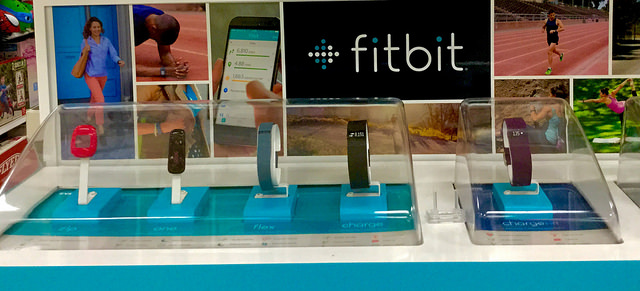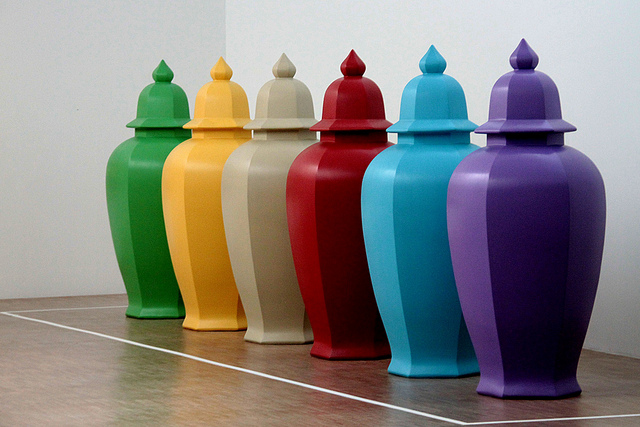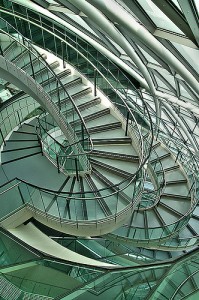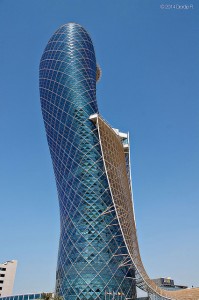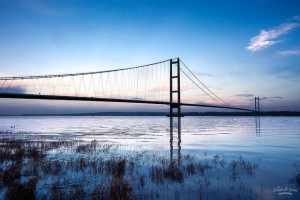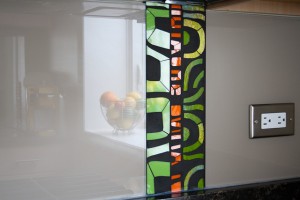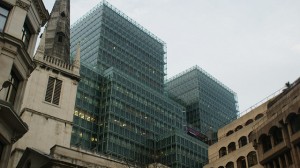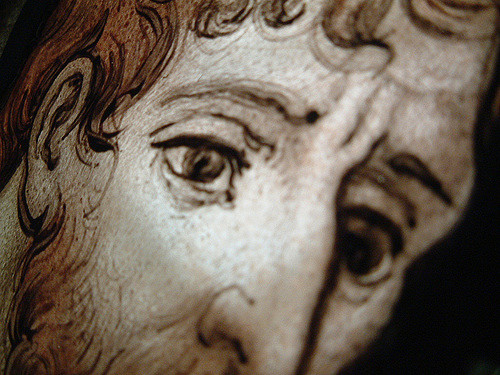Gorilla glass for wearable technology
Wearable technology is making a play for a bigger piece of the mobile market share. According to Gartner and other industry analysts, the wearable technology market will grow to $150B or bigger in the next decade. With that much wearable technology around, that means an awful lot of glass. Corning has recently announced its latest version of Gorilla Glass – Gorilla Glass SR+ – designed especially for wearable technology.
Given the rugged and unpredictable environment that the trackers may find themselves in, the use of Gorilla Glass SR+ and other specially formulated glass displays makes sense. Currently, one in five adults in the US own at least one wearable device, and the market is poised for tremendous growth.
Gorilla Glass SR+ is designed specifically for wearable technology. The new formulation is specially scratch resistant and improves visibility for small displays. Currently, Gorilla glass is used to protect more than 1,800 mobile/wearable devices on the market.
Unlike mobile devices – where the danger for the display is in being dropped – glass in wearable devices has to be strong enough to withstand daily wear and the little knocks and abrasions that go along with it. Most wearable technology is oriented toward fitness tracking, or extending or substitute for a mobile phone.
Wearable technology certainly isn’t new, but designers are reformulating technology to manage many things. One could argue that glasses, contact lenses and hearing aids are forms of wearable technology. In fact, they are, but the combination of miniaturized computing power and small packaging opens up new applications.
In addition to “smart watches” and activity trackers, wearable technology could encompass medical monitoring, data synchronization, navigational assistance and even as a way to monitor the alertness of drivers and machine operators. Some companies have already used facial recognition technology to spot fatigue in machine operators, allowing them to intercede before an accident occurs.
The success of the wearable technology market depends heavily on the strength and function of glass.
Glassprimer™ glass paint is a specially formulated paint product that adheres permanently to glass surfaces. Once cured, Glassprimer™ glass paint will not chip, fade or peel, and offers superior UV-resistance in both residential and commercial applications. Glassprimer™ glass paint is suitable for use in both interior and exterior settings. For more information about Glassprimer™ glass paint please visit our website. If you’d like to purchase Glassprimer™ glass paint, please visit our online store .
Photo Credit: Mike Mozart, via Flickr.com

